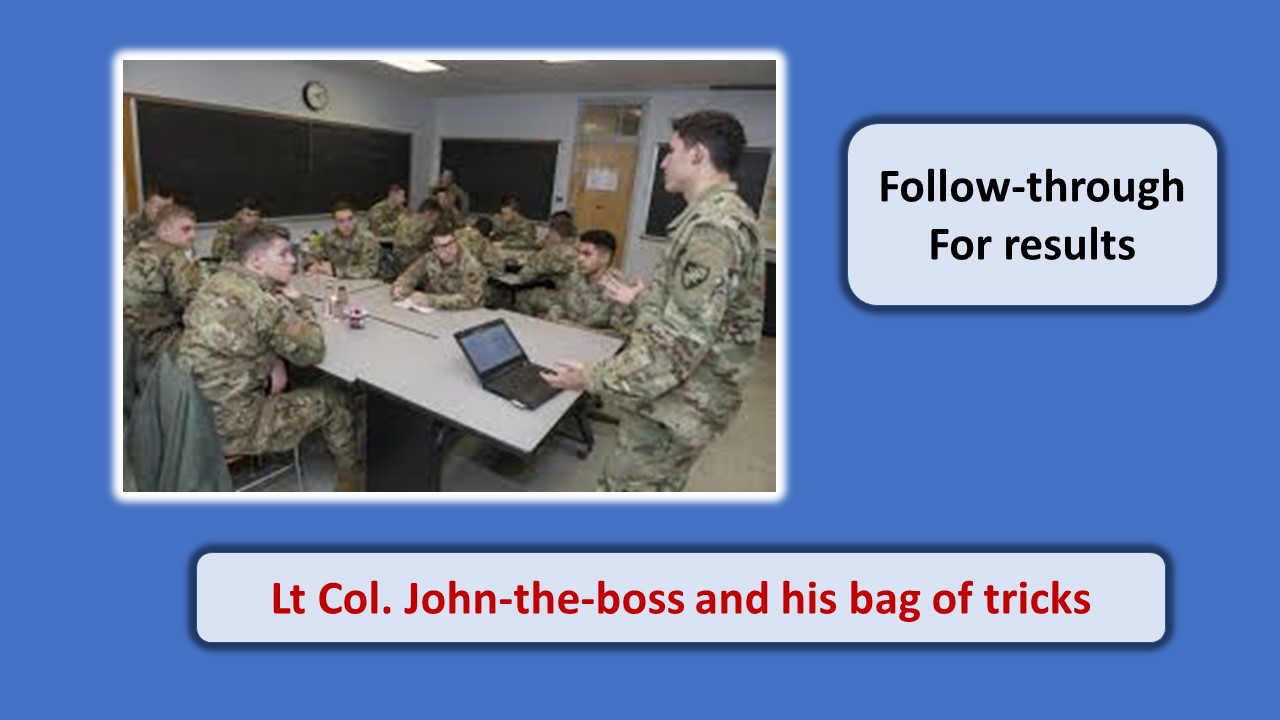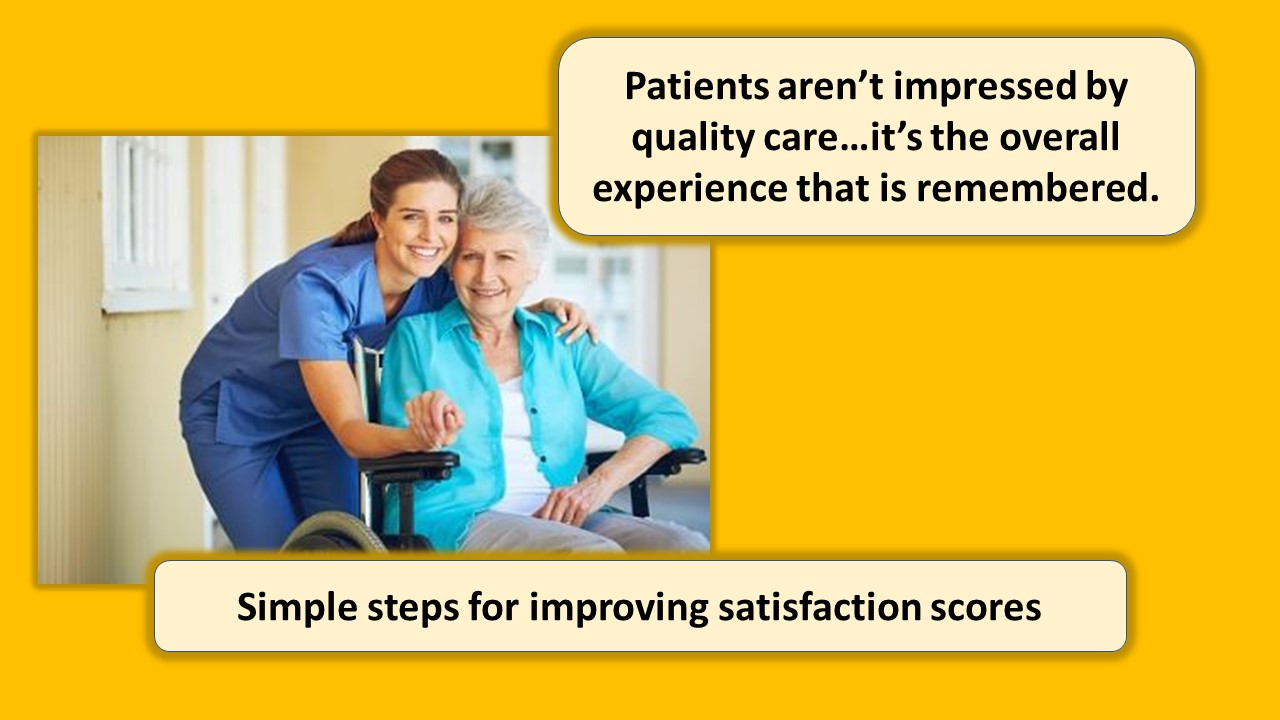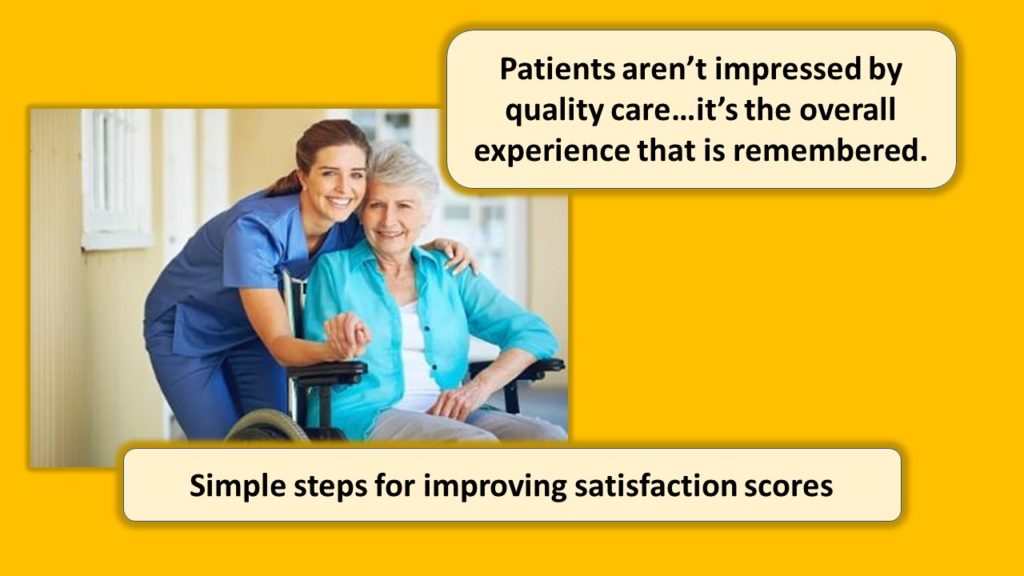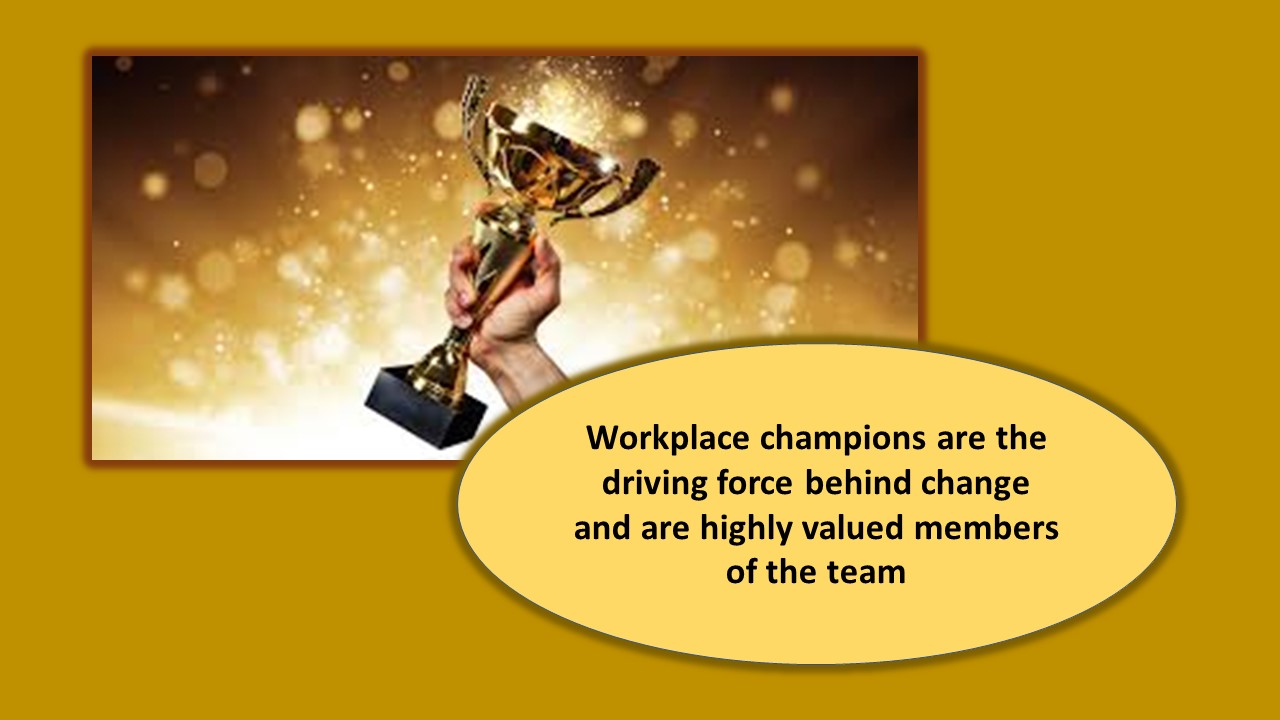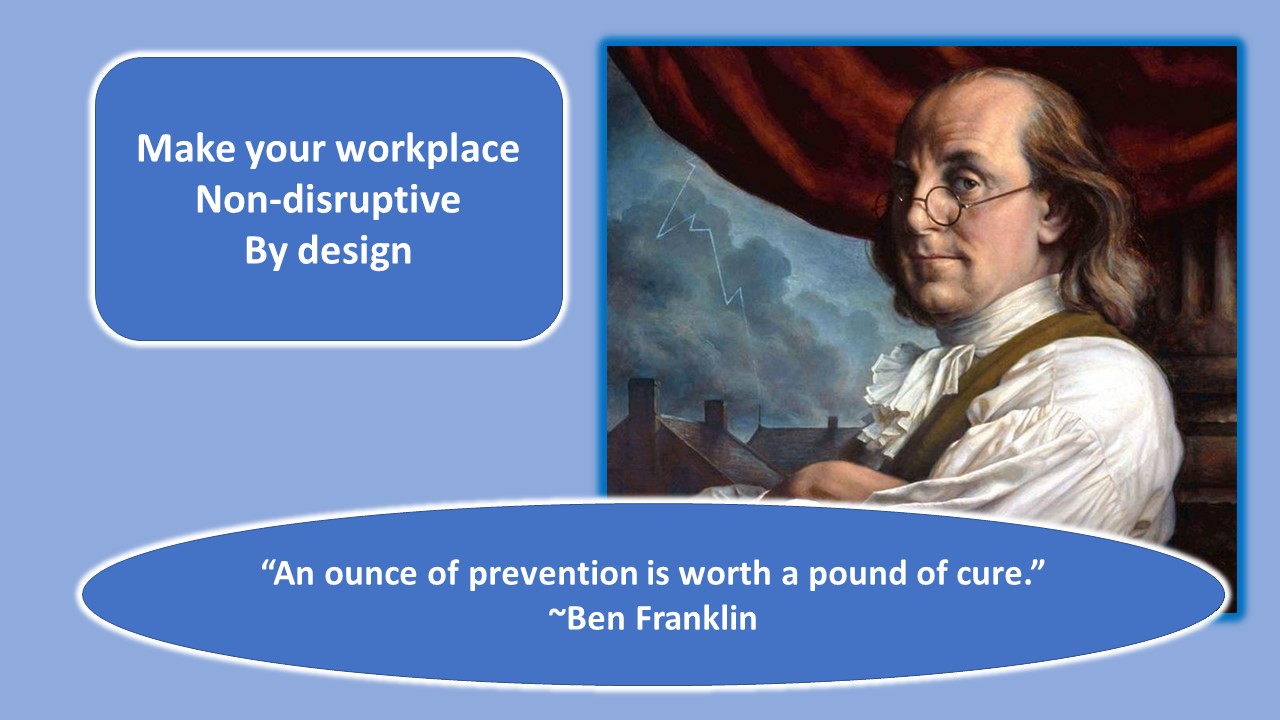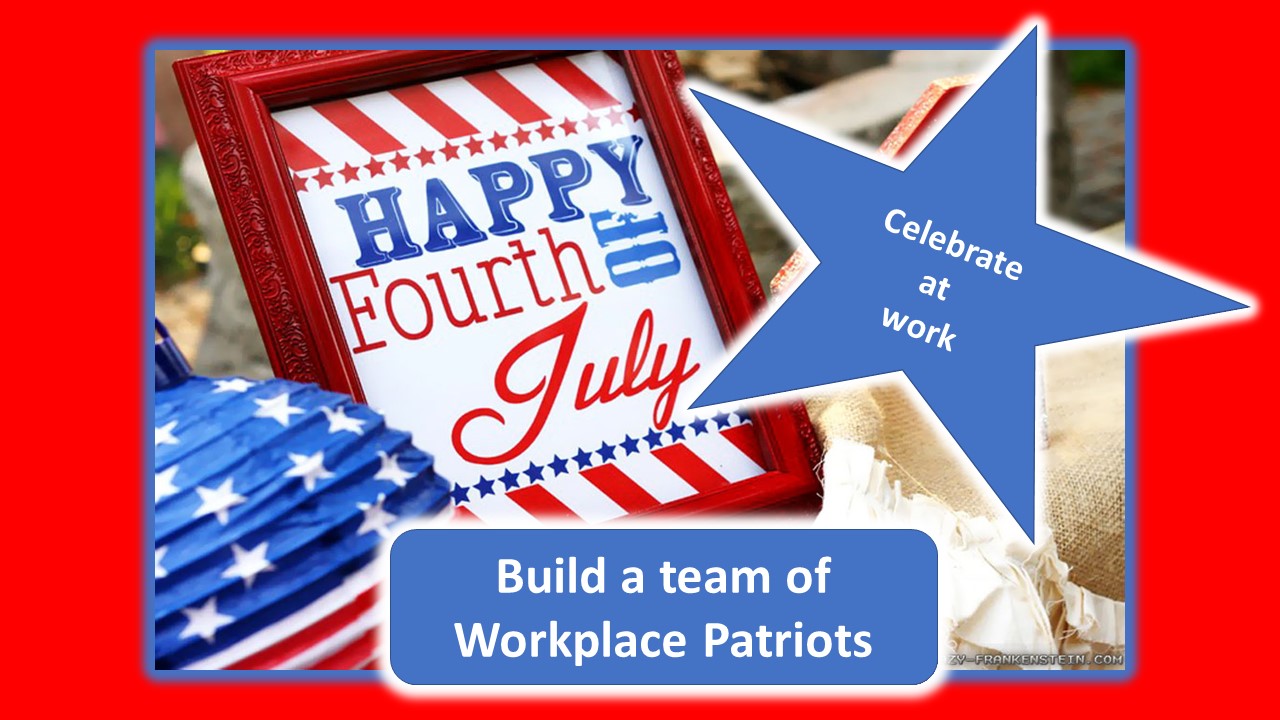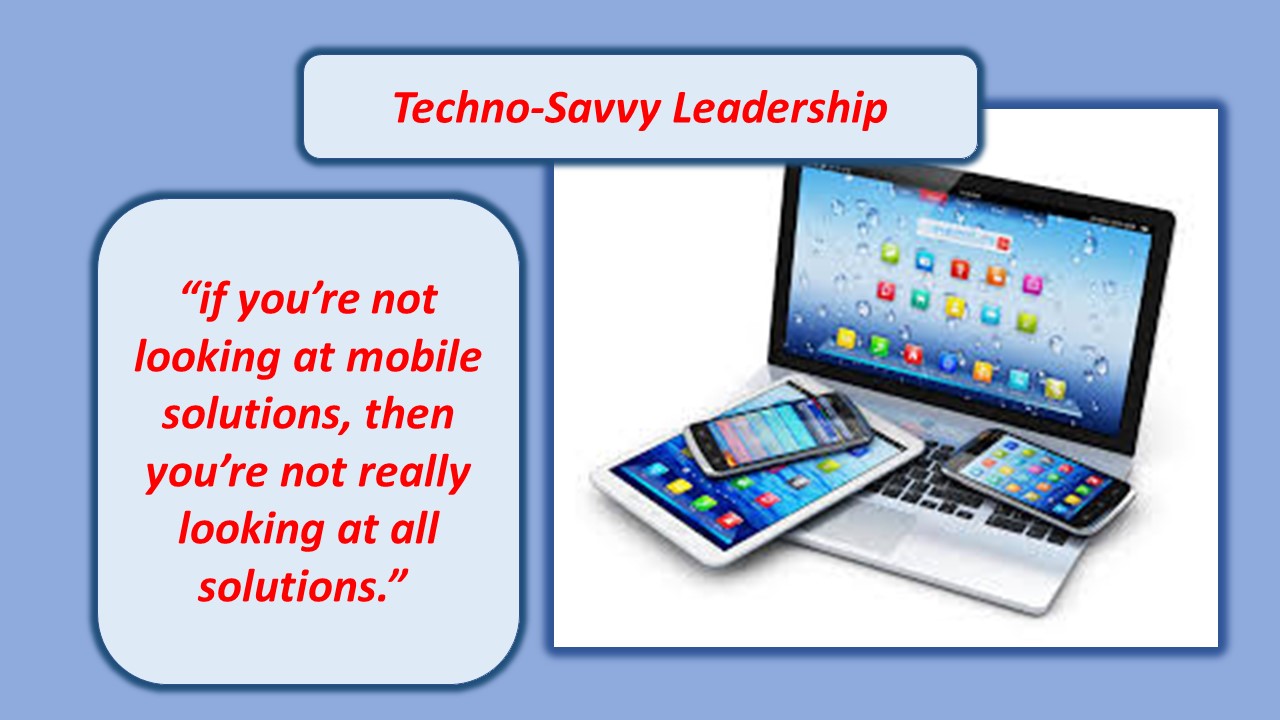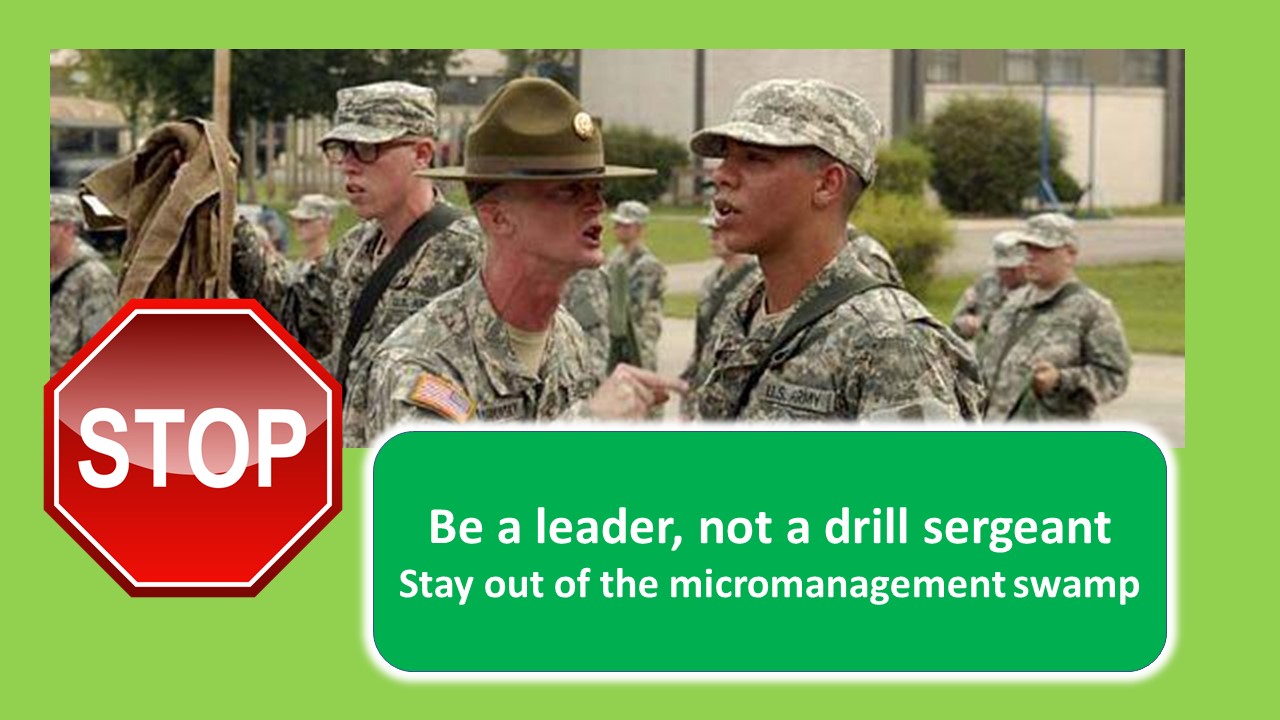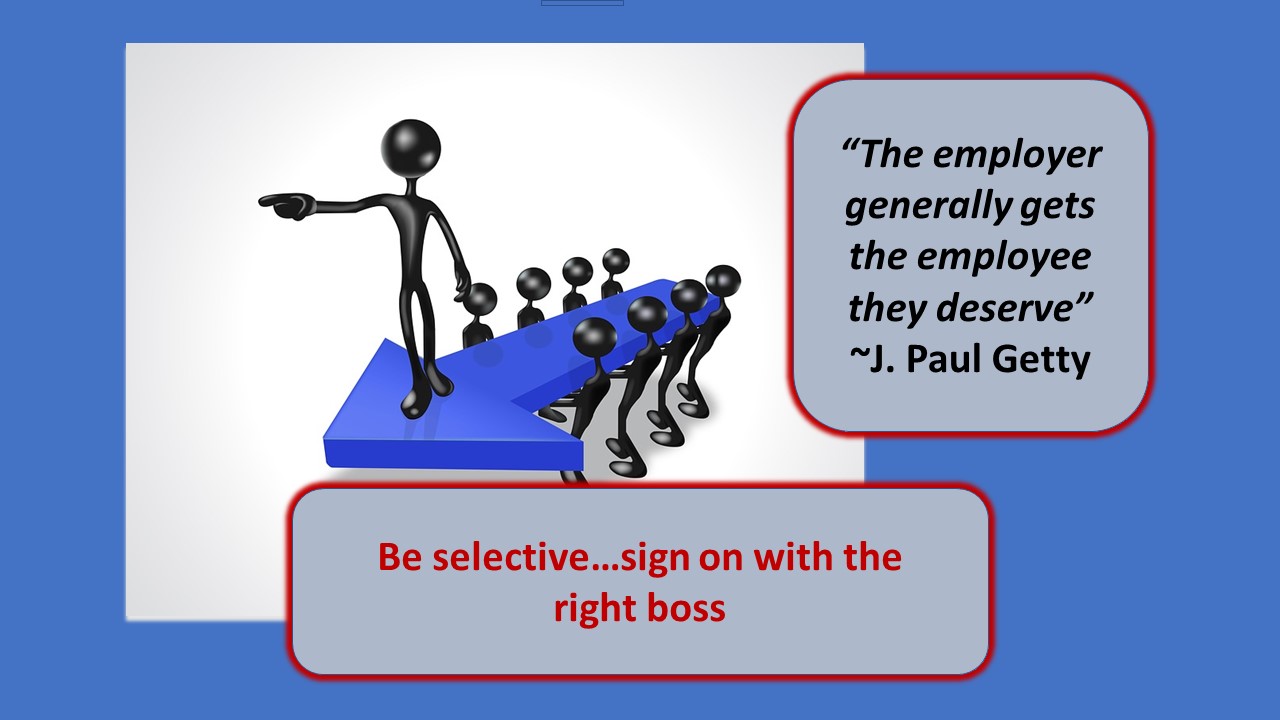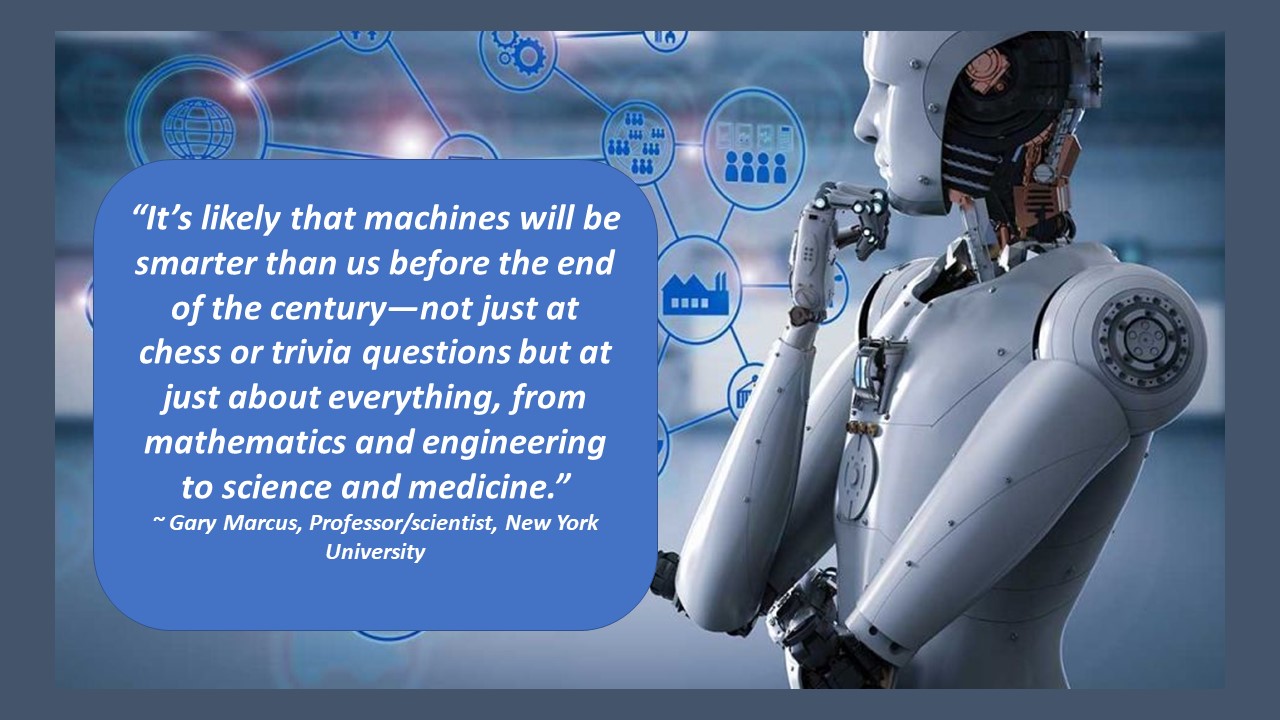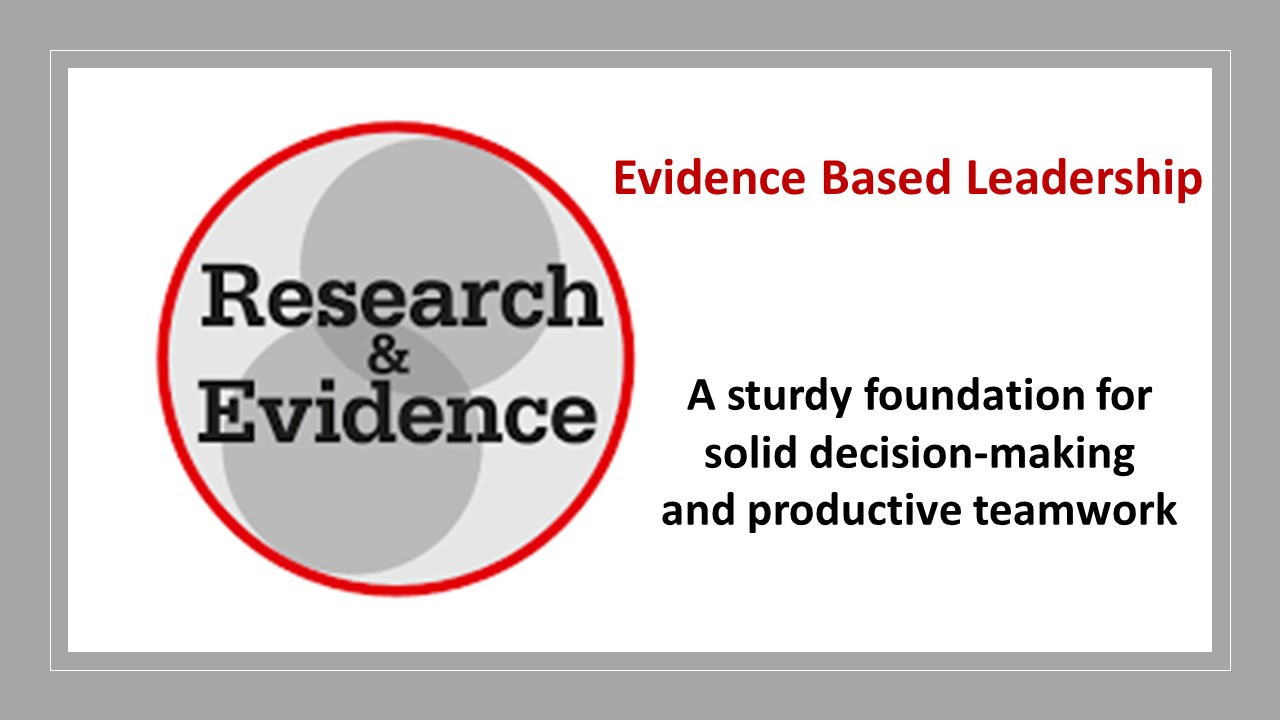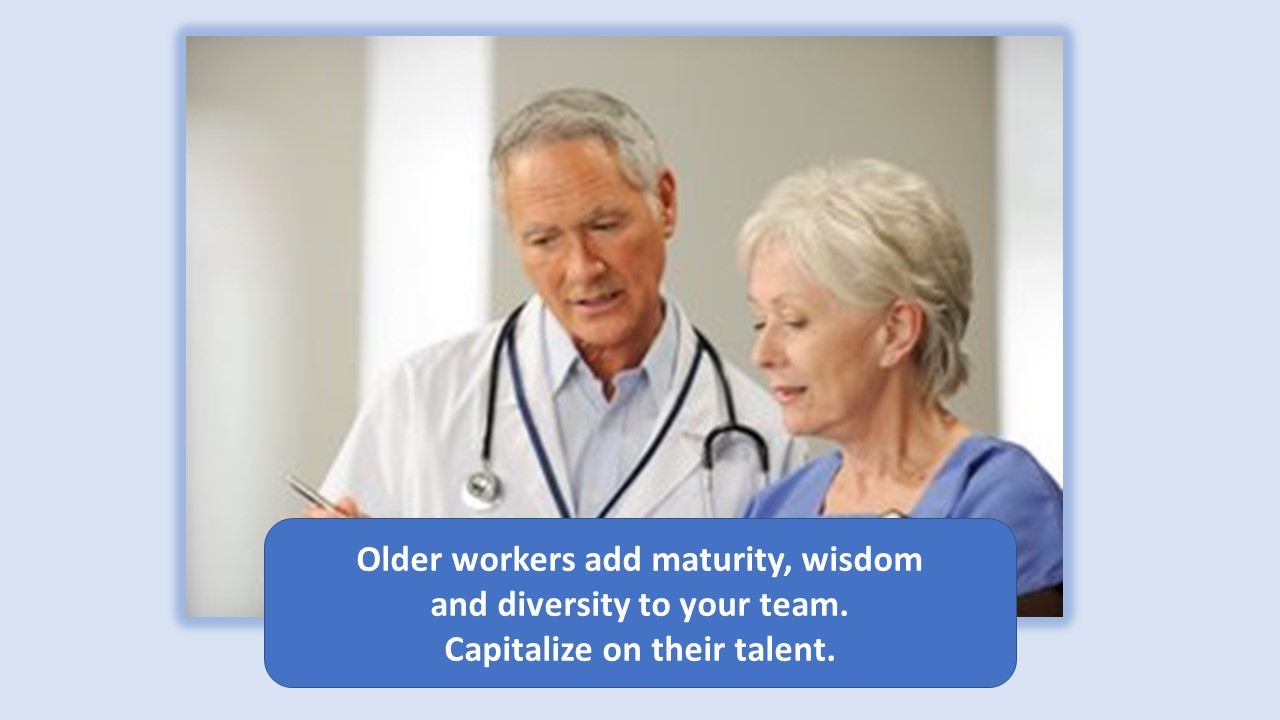Get wise to the elderly
Follow@procrnatom on Twitter
“Age should not have its face lifted, but it should rather teach the world to admire wrinkles as the etchings of experience and the firm line of character.” ~Ralph Perry
Statistics reported by the Population Reference Bureau revealed that in 2016 over 51 million Americans were over the age of 65, and it predicts that the number will increase by over 50% in the next 20 years reaching 78 million by the year 2036. This precipitously increasing demographic has implications for current healthcare leaders related to how we interact with our customer base and how we prepare our teams to meet the challenges that accompany the aging population. If there were ever a fertile ground for honing leadership abilities, this is it. The rapidly expanding elderly population is a veritable gold mine of opportunities for leadership skill development.
Emotional intelligence
Emotional intelligence remains a buzz word in the human resources/management community. A highly desired skill for leaders at all levels, it has an internal component that requires you to gain insight about your personal emotional reactions and their effects on others, and an external component that requires the development of social awareness and of skills related to relationship management. Working with aging patients opens the door for a leader to connect with and gain social awareness about the features that make this population unique. Learning to relate to one demographic smooths the path and makes it easier to learn about other populations of patients.
Take a sincere interest, ask questions, listen
Older patients are full of amazing stories and will eagerly share if asked. Expand your listening skills by asking questions and then listening to the stories that emerge. Your 74-year-old patient who is next in line for cataract surgery may be the one who scored the winning touchdown in the 1970 Rose Bowl; his wife (and designated driver) might have been a flight nurse evacuating casualties from Viet Nam. You won’t know until or unless you strike up a conversation. When you have time to chat with boring old people, consider the following:
- Those now in their 70’s were the students marching for civil rights in the late 60’s and were back in the streets marching for women’s rights in the early 70’s.
- Senior citizens were born into a world with hard-wired phones and TV sets connected to an antenna on the roof and receiving only 3 channels.
- Many Seniors remain actively attached to social activism in the form of “volunteer” at hospitals, museums, schools and civic events.
- Seniors have traveled to your bucket list places and many have interesting hobbies.
- Those in their 80’s were children during World War II and remember the air raid drills, food rationing, nighttime blackouts and energy conservation. Some had relatives who did not return from battle.
Emotional intelligence involves connecting on a personal level and getting to know the other person beyond the information published in their medical records. Start a chat session by asking your gray-haired patient a general question about events that happened while he/she was a child and be prepared to hear wonderful, perhaps astonishing, stories. In my daily clinical practice, I regularly discover what is currently important to them by asking, “Tell me something about yourself that is not on your medical record.” Often, the answer is tied to their personal identity and response you get may take you by complete surprise.
Establish best practice guidelines based on physiologic changes
Managers typically publish policies and guidelines related to best practice recommendations. Subsequently, it is incumbent upon leaders to build a team of knowledgeable workers who want to follow the guidelines and deliver the highest quality of care to all age populations, including the elderly. When working with your team to create best practice protocols, consider these physiologic changes that are common in the elderly.
- Cardiac Atherosclerosis is common in the elderly American population and arises from a lifetime of smoking, hypercholesterolemia, hypertension, type 2 diabetes and obesity. The result is ventricular hypertrophy, with reduced ventricular compliance, contractility and cardiac reserve. Normal doses of induction drugs take longer to circulate and may produce significant hypotension.
- Renal Glomerular filtration is reduced as is the ability to regulate sodium and potassium. The kidney is less able to concentrate urine and may have difficulty removing free water from the system. Elderly patients are less tolerant of hyper or hypovolemia. Drugs dependent upon renal clearance have a longer duration of action and smaller doses are required.
- Pulmonary. Like an old rubber band, the lung loses elasticity with age. Combined with reduced chest wall compliance, one can expect a reduction in FVC, FEV1, and VC as the person’s age increases. Small airway collapse is common and presents problems with VQ mismatch. The elderly patient is at a greater risk for atelectasis and impaired diffusion of gases. Anesthetic techniques that further suppress ventilation put the elderly patient at risk. Volatile anesthetics require more time to leave the system and should be used sparingly in reduced doses.
- Nervous system. Both vision and hearing diminish as the person ages and eye-related procedures are common in this demographic. Autonomic nervous system dysfunction makes the elderly patient more susceptible to labile blood pressure and postural hypotension. In addition, thermoregulation is impaired in the elderly patient making him/her more susceptible to hypothermia and less able to mount a physiologic response.
- Cognitive dysfunction. Altered mental status is a common fear among the elderly and causes concern for those awaiting anesthesia and surgery. For many, the fear of mental decline exceeds the fear of death. Slowed drug metabolism/clearance, hypotension, hypothermia, and hypoxemia are all listed as potential causes of POCD. More recently, neuroscientists have correlated the inflammatory response with cognitive dysfunction. Attention to detail and strictly keeping the patient within physiologic parameters will reduce the incidence of POCD. Opioid-free multimodal anesthesia with little or no volatile agent is the technique associated with the least amount of POCD.
Begin with a thorough pre-operative evaluation and then the development of a plan that addresses the specific needs of each patient. In general, elderly patients do best when the anesthesia provider has a is gentle and provides a slow induction with plenty of time for drugs to circulate. A regional nerve block with sedation is preferred over general anesthesia, but when general anesthesia is the only option, a propofol based TIVA technique that includes multimodal pain control and anti-inflammatory drugs is the least likely to cause respiratory compromise or cognitive changes. Opioids and inhalation anesthetics should be avoided if possible, in the elderly patient.
Leadership
Embrace the rich history and learned wisdom of your simultaneously interesting and fragile older patient by tuning in to their special needs. Conduct meetings with your team to review the physiology of the aging and mentor them to work collaboratively in developing best practice guidelines. Listen carefully to elder patients and hone your skills at understanding, treating and enjoying the elderly population. Lead by example and become aware of the fears and concerns, the strengths and the joys that each of your elderly patients brings to the operating room. Some day you, too, will be older, maybe even wiser.
Tom is an experienced leader, author and requested speaker.


